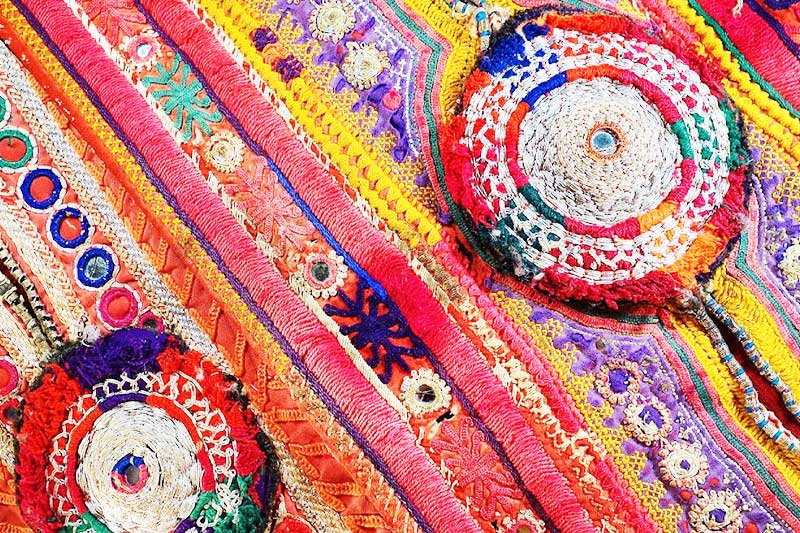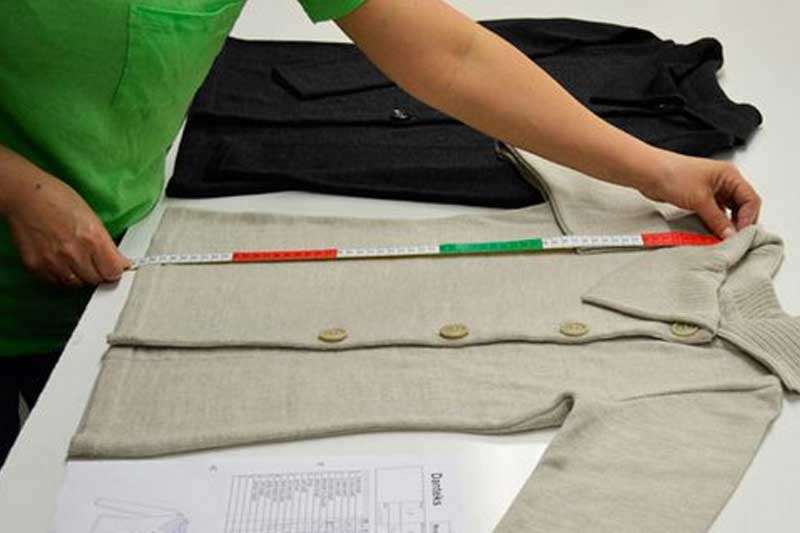The Art and Science of Textile Restoration and Preservation

Introduction
Textiles are not just fabrics, they are woven threads that connect us to our past, carrying the stories, cultures and craftsmanship of generations gone by. From ancient tapestries and delicate garments to antique quilts and historic banners, textiles are invaluable cultural artifacts that deserve careful attention and preservation.
Textile restoration and preservation are critical aspects of safeguarding these pieces of our heritage for future generations to appreciate and learn from. This article explores the art and science behind textile restoration and preservation, highlighting their significance and techniques.
The Significance Of Textile Restoration And Preservation
Textiles provide a tangible link to history, offering insights into the lives and cultures of those who created and used them. A textile artifact holds within its fibers the emotions, aspirations and experiences of its creators and users, reflecting the socio-economic conditions, artistic styles and technological advancements of its time.
Thus preserving and restoring textiles is not just about maintaining physical objects, but also about safeguarding our shared human story.
Challenges Faced In Textile Preservation
Textiles, being organic materials, are susceptible to deterioration due to a combination of factors such as light, humidity, pests and pollutants. The delicate balance between displaying textiles for public enjoyment and preserving them for the future can be a complex challenge for museums, collectors and conservationists.
Additionally the inherent fragility of aged textiles necessitates careful handling and treatment to prevent further damage during restoration efforts.
The Art Of Textile Restoration
Textile restoration is an art that requires both technical expertise and an understanding of the original materials and techniques used. Conservators often work closely with historians, curators and scientists to ensure that restoration efforts are well-informed and respectful of the artifact’s historical context.
The aim of restoration is not to erase the signs of age, but to stabilize and repair damage while retaining as much of the original fabric and character as possible.
Preservation Techniques
1. Cleaning:
Gentle cleaning is the first step in textile preservation. Dust, dirt and pollutants can accumulate on the surface, leading to discolouration and deterioration. Conservators use various methods, such as vacuuming, dry cleaning and wet cleaning with mild detergents, depending on the fabric’s condition.
2. Mending And Stitching:
Delicate textiles often have frayed edges or tears. Conservators use specialized stitching techniques to mend these damages, ensuring the stability of the fabric without causing further harm. The choice of thread and stitching method is crucial to match the original as closely as possible.
3. Support And Stabilization:
Fragile textiles may require support to prevent further deterioration. This can involve attaching a fabric backing or using a conservation-grade net to distribute the weight of the textile evenly and reduce stress on vulnerable areas.
4. Humidity And Temperature Control:
Maintaining the right environmental condition is crucial for preservation. Textiles are sensitive to fluctuations in humidity and temperature, which can cause fibers to expand and contract, leading to damage. Museums and collectors use climate-controlled storage and display environments to mitigate these effects.
5. Ultraviolet (UV) Protection:
exposure to ultraviolet light can lead to fading and deterioration of textiles, UV-filtering glazes and protective screens are used in display cases to limit the textiles’ exposure to harmful light.
Modern innovations in textile conservation
Advancements in technology have brought new tools to the field of textile restoration. Non-invasive imaging techniques, such as X-ray and multispectral imaging, allow conservators to examine textiles in detail without physically touching them. Digital documentation helps preserve the textile’s appearance and condition for future reference.
Conclusion
Textile restoration and preservation are integral to maintaining our connection to history and culture. They require a delicate balance between honoring the past and ensuring the future. Through a combination of artistry, scientific understanding and technological innovations, conservators work tirelessly to breathe new life into aged textiles while respecting their original integrity. By safeguarding these tangible links to our heritage, we can ensure that the stories woven into these fabrics continue to inspire and educate generations to come.
More News
Rural India’s Design Labs: Where Craft Meets Contemporary
The overlooked rise of design innovation beyond urban India In the vast, textured fabric of India's garment and fashion industry, the story…View More
India’s Evolving Role in Global Apparel Supply Chains
In the last few years, global apparel supply chains have been tested like never before. From pandemic-related disruptions to rising geopolitical tensions…View More
Quality Control in Garment Manufacturing: What’s Changing in 2025?
In 2025, garment manufacturing is entering a new era—one defined not only by speed and scale, but by precision, consistency, and sustainability.…View More
How to Identify Authentic Indian Handloom Products?
Indian handloom products are a timeless testament to the country’s rich cultural heritage and craftsmanship. From luxurious Banarasi silks to timeless Khadi…View More
How to Start a Garment Manufacturing Business in India?
India’s textile and garment industry has always been a major contributor to the country’s economy, offering vast opportunities for entrepreneurs. With the…View More
Download
Register Now
Recent Posts
Show Countdown
DELHI
Bharat Mandapam (Pragati Maidan), New Delhi, India
- days
- Hours
- Minutes
- Seconds
MUMBAI
Bombay Exhibition Center, Mumbai






